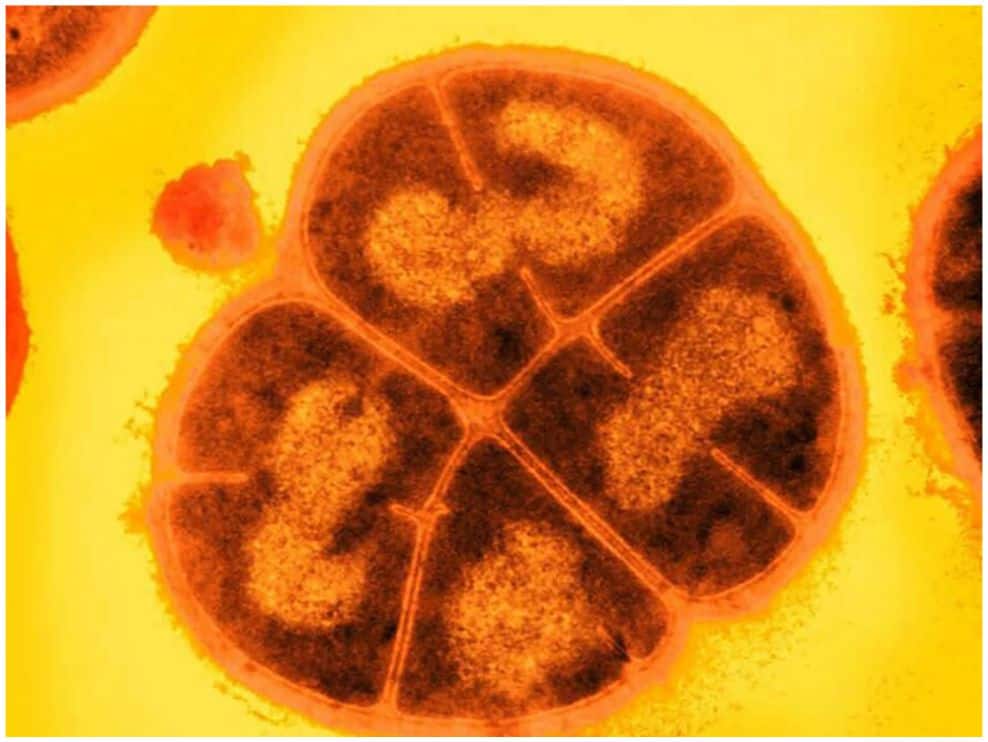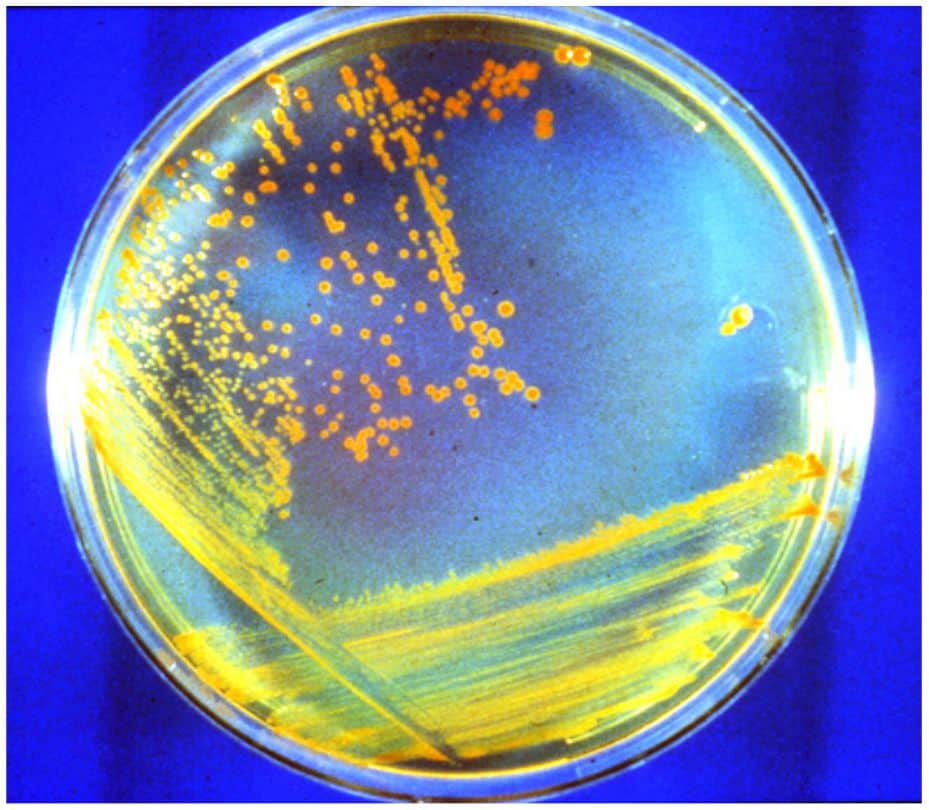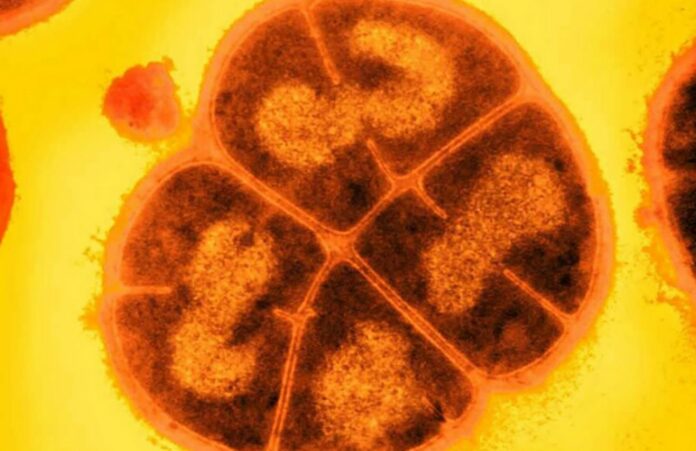A new study suggests that when the first samples from Mars come back to Earth, scientists should look for bacteria that have been sleeping for a long time.
In a groundbreaking study, a research team led by Brian Hoffman and Ajay Sharma of Northwestern University discovered that ancient microorganisms might survive far longer than previously thought near the surface of Mars. And bacteria can live much longer when they are buried and protected from cosmic radiation and solar protons.
These results make it more likely that future missions, such as ExoMars (the Rosalind Franklin rover) and the Mars Life Explorer, which will have drills to get samples from 2 meters below the surface, will find signs of life on Mars if it ever existed there.
Scientists also showed that some strains of bacteria can survive in Mars’ harsh environment. This means that future astronauts and space tourists could accidentally bring their own bacteria to Mars.
The work was published today in the journal Astrobiology.
The study’s principal investigator, Michael Daly, a professor of pathology at Uniformed Services University of the Health Sciences (USU) and a member of the National Academies’ Committee on Planetary Protection, said: “Our model organisms serve as proxies for both forward contamination of Mars and backward contamination of Earth, both of which should be avoided.”
These findings are also important for biodefense, because the threat of biological agents like Anthrax is still a worry for the military and homeland security.
They “concluded that terrestrial contamination on Mars would essentially be permanent — over timeframes of thousands of years.
“This could complicate scientific efforts to look for Martian life. Likewise, if microbes evolved on Mars, they could be capable of surviving until present day. That means returning Mars samples could contaminate Earth.”
Hoffman teaches molecular biosciences and is the Charles E. and Emma H. Morrison Professor of Chemistry at Northwestern’s Weinberg College of Arts and Sciences. He belongs to the Chemistry of Life Processes Institute as well.
Planetary simulation
Mars has a harsh and merciless climate. The Red Planet appears to be uninhabitable to life due to the dry and icy temperatures, which average -80 degrees Fahrenheit (-63 degrees Celsius) at mid-latitudes. Even worse: Solar protons and powerful galactic cosmic radiation are continuously bombarding Mars.
To find out if life could live in these conditions, Daly, Hoffman, and their colleagues first found out how much ionizing radiation microbial life could survive. Then, they exposed six different kinds of Earthly bacteria and fungi to a dry, frozen simulation of Mars’ surface and blasted them with protons or gamma rays (to mimic radiation in space).
“There is no flowing water or significant water in the Martian atmosphere, so cells and spores would dry out,” adds co0author Hoffman. “It also is known that the surface temperature on Mars is roughly similar to dry ice, so it is indeed deeply frozen.”
The team concluded that it is possible for certain types of bacteria from Earth to have survived on Mars for hundreds of millions of years in the past. In fact, the scientists found that one hardy microbe, Deinococcus radiodurans, or “Conan the Bacterium,” is especially well-suited to surviving the severe conditions on Mars. Conan the Bacterium outlasted Bacillus spores, which may live on Earth for millions of years, by surviving huge quantities of radiation in the frigid, arid environment.

Radical radiation
To evaluate the effects of radiation, the team subjected samples to large doses of gamma radiation and protons — similar to what Mars’ near subsurface experiences — and much lesser doses, which would occur if a microorganism were deeply buried.
Then, Hoffman’s team at Northwestern used an advanced method called spectroscopy to measure how much manganese antioxidants were building up in the cells of the irradiated microorganisms. According to Hoffman, the radiation dose a microbe or its spores can withstand is proportional to the amount of manganese antioxidants present. Therefore, having more manganese antioxidants increases radiation resistance and improves lifespan.
In prior research, scientists discovered that Conan the Bacterium can withstand 25,000 units of radiation (or “grays”), or around 1.2 million years just below Mars’ surface, while held in liquid. However, the latest study discovered that the resilient bacterium could withstand 140,000 grays of radiation when it was dried, frozen, and deeply buried—conditions that would be characteristic of a Martian climate. The human lethal dose is 28,000 times higher than this one.
Even though Conan the Bacterium could only live for a few hours at the surface when it was exposed to ultraviolet light, it lives a lot longer when it is in the shade or right below the surface of Mars. Conan the Bacterium has a 1.5 million year lifespan when buried at 10 centimeters below the Martian surface. Additionally, the orange-colored bacterium might live 280 million years if buried 10 meters below the surface.

Looking ahead
According to the findings, this incredible feat of survival can be largely attributed to the genomic structure of the bacterium. Long suspected, the researchers found that the chromosomes and plasmids of Conan the Bacterium are linked together, maintaining their perfect alignment and preparing them for repair following strong radiation.
This implies that any microorganism, comparable to Conan the Bacterium, that existed when water last flowed on Mars could still be hibernating in the deep subsurface.
“Although D. radiodurans buried in the Martian subsurface could not survive dormant for the estimated 2 to 2.5 billion years since flowing water disappeared on Mars, such Martian environments are regularly altered and melted by meteorite impacts,” Daly adds. “We suggest that periodic melting could allow intermittent repopulation and dispersal. Also, if Martian life ever existed, even if viable lifeforms are not now present on Mars, their macromolecules and viruses would survive much, much longer. That strengthens the probability that, if life ever evolved on Mars, this will be revealed in future missions.”
Source:10.1089/ast.2022.0065
Image Credit: Michael J. Daly/USU
You were reading: Life Could Still Be Dormant And Buried Below Mars’ Surface – New Evidence Suggests
